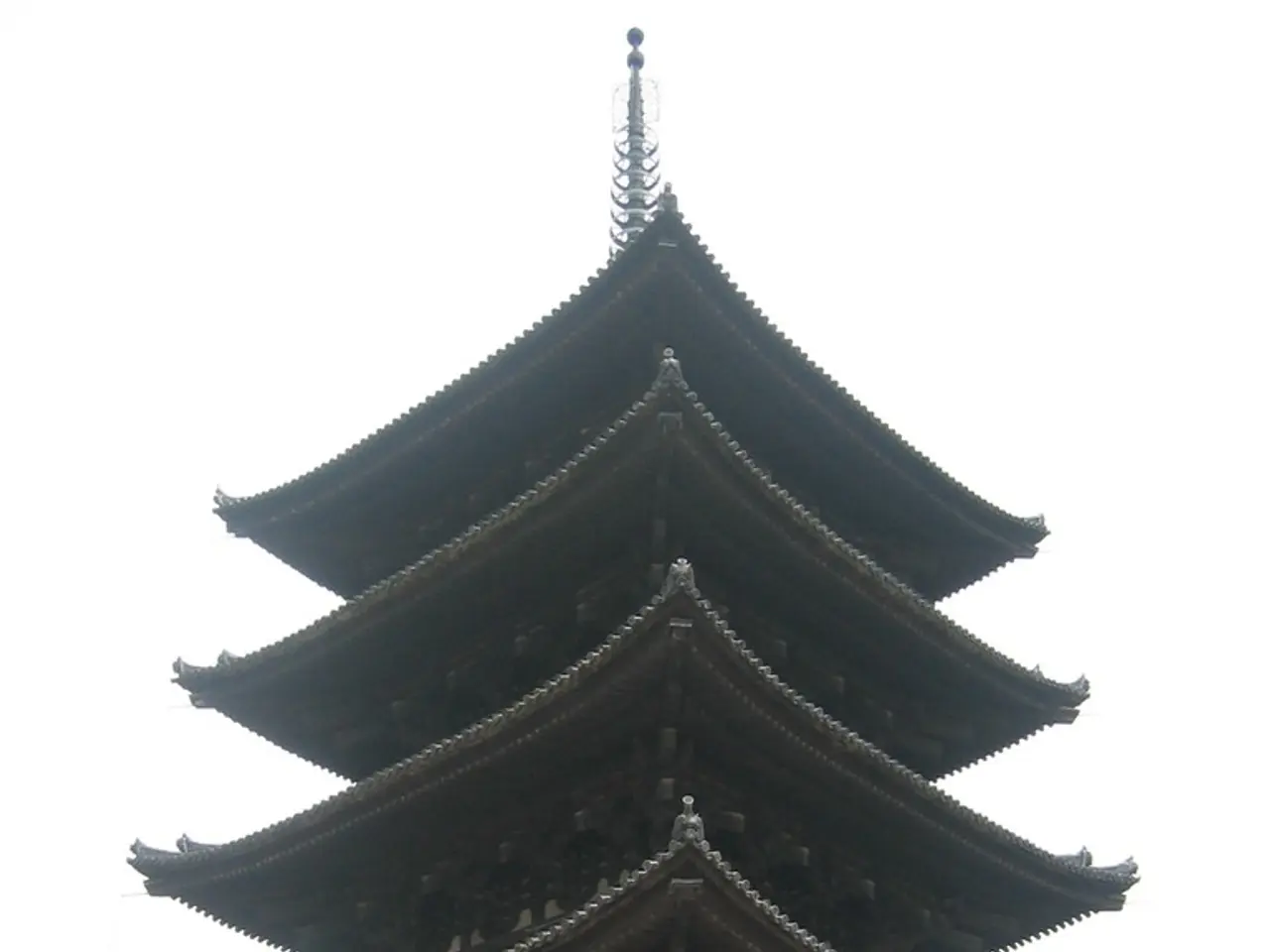Wang Yi, China's Foreign Minister, set to tour India; Border disagreement in the Himalayas to be discussed.
Relations between China and India have shown a cautious improvement following the 2020 military confrontation in the Galwan Valley, with both nations taking significant steps towards de-escalation and resuming diplomatic and economic exchanges.
The Shanghai Cooperation Organisation (SCO), a regional Eurasian security bloc founded in 2001, currently has 10 member states, including India and China. This summer, Prime Minister Narendra Modi is scheduled to visit China for the SCO Summit, marking his first visit to the country in seven years. During the meet, Modi is expected to meet Chinese President Xi Jinping and Russian President Vladimir Putin.
The visit comes after Chinese Foreign Minister Wang Yi's visit to India from August 18 to August 20, which led to renewed dialogues, including agreements to resume visas for Chinese tourists, reopen direct flights after nearly five years, and hold future Special Representatives meetings on boundary talks.
The main objective of Modi's visit is to address the Himalayan border dispute between China and India, which has been a long-standing issue. In 2023, Iran became a member state of the SCO, and Belarus joined the organisation in 2024. An agreement was signed last October, which established a patrolling protocol for the Himalayan border.
Since the 2020 standoff, which resulted in the death of around 20 Indian soldiers, both sides have agreed to strengthen dialogue mechanisms and establish expert groups for boundary delimitation. This shows a mutual intent to address the border dispute diplomatically while avoiding new conflict.
China has eased export restrictions on critical goods important for India’s industries, such as fertilizers, rare earth minerals, and tunnel-boring machines. India has also relaxed visa policies and started limited border trade to support its domestic manufacturing goals and foster economic cooperation amid broader geopolitical competition.
However, experts and officials underscore that the relationship is still marked by enduring mistrust and strategic rivalry. India remains cautious, continuing to build deterrence frameworks to prevent a recurrence of violence like in 2020. Both countries recognize the need for stability but not necessarily a full reset of ties, with cooperation framed by pragmatic economic interests and geopolitical calculations.
The upcoming diplomatic events, such as the SCO Summit and India hosting the BRICS 2026 summit, are expected to reinforce diplomatic momentum between the two nations. Despite these positive signals, a full strategic rapprochement remains distant due to underlying mistrust and competitive interests.
References:
- The Hindu
- Bloomberg
- Nikkei Asia
- Reuters
- Stratfor
- Despite the efforts towards de-escalation and diplomatic exchanges, politics and general news continue to highlight the enduring mistrust and strategic rivalry between China and India.
- In addition to the resumption of visas and direct flights, India has also shown interest in investment opportunities in the finance sector, particularly with China, as part of the broader geopolitical competition.
- The ongoing trade tensions and war-and-conflicts in the market have led both nations to explore Decentralized Finance (DeFi) as an alternative means of investment and cooperation, outside of traditional financial channels.








